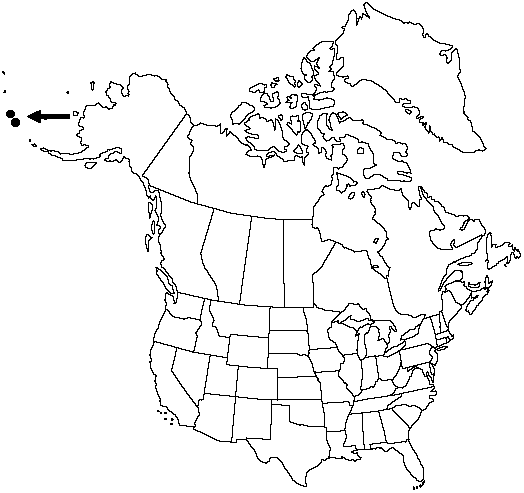Difference between revisions of "Polystichum aleuticum"
in Hultén,Svensk Bot. Tidskr. 30: 515, fig. 1a. 1936.
FNA>Volume Importer |
imported>Volume Importer |
||
| Line 6: | Line 6: | ||
|place=30: 515, fig. 1a. 1936 | |place=30: 515, fig. 1a. 1936 | ||
|year=1936 | |year=1936 | ||
| + | }} | ||
| + | |special_status={{Treatment/ID/Special_status | ||
| + | |code=E | ||
| + | |label=Endemic | ||
| + | }}{{Treatment/ID/Special_status | ||
| + | |code=C | ||
| + | |label=Conservation concern | ||
}} | }} | ||
|basionyms= | |basionyms= | ||
| Line 44: | Line 51: | ||
|publication title=in Hultén,Svensk Bot. Tidskr. | |publication title=in Hultén,Svensk Bot. Tidskr. | ||
|publication year=1936 | |publication year=1936 | ||
| − | |special status= | + | |special status=Endemic;Conservation concern |
| − | |source xml=https:// | + | |source xml=https://bibilujan@bitbucket.org/aafc-mbb/fna-data-curation.git/src/bb6b7e3a7de7d3b7888a1ad48c7fd8f5c722d8d6/coarse_grained_fna_xml/V2/V2_583.xml |
|genus=Polystichum | |genus=Polystichum | ||
|species=Polystichum aleuticum | |species=Polystichum aleuticum | ||
Revision as of 22:14, 27 May 2020
Stems erect. Leaves monomorphic, erect, 1–1.5 dm; bulblets absent. Petiole 1/6–1/4 length of leaf; scales tan, sparse or falling off early. Blade linear-lanceolate, 1-pinnate, gradually tapered to base. Pinnae ± deltate to ovate, slightly overlapping, in 1 plane, 4–8 mm; base truncate, acroscopic auricle well developed; margins denticulate, not spiny; apex rounded, not dentate; microscales linear, lacking projections, dense on both surfaces. Indusia entire to minutely erose-dentate. Spores brown.
Habitat: Growing in crevices of rocks
Elevation: 0–400 m
Discussion
Polystichum aleuticum is known only from Atka and Adak islands, Alaska. Its nearest relatives are in southwest China. Polystichum aleuticum resembles the dwarfed plants of P. kruckebergii, but it differs, especially, in its smaller, more rounded pinna apices and more abundant scales.
Of conservation concern.
Selected References
None.
